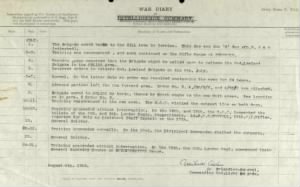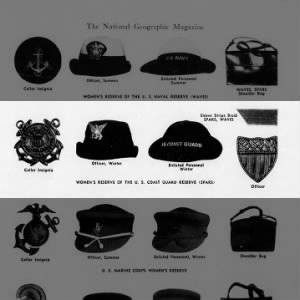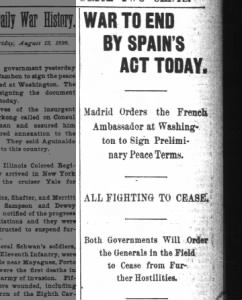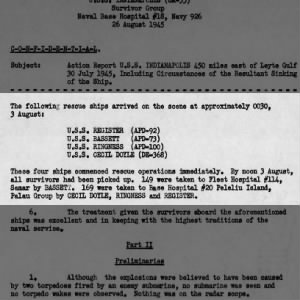
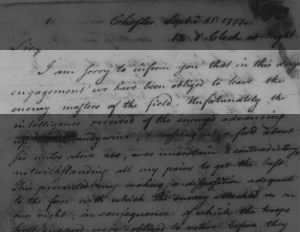
On September 11, 1777, American troops clashed with the British in the Battle of Brandywine in Pennsylvania, resulting in an American defeat that allowed the British to easily capture Philadelphia later that month.
In early September, with British general William Howe’s troops advancing toward Philadelphia, George Washington deployed his army along the east side of Brandywine creek, about 25 miles from Philadelphia, and took up a defensive position to meet the British. Washington was expecting the British to launch a frontal attack, and at first, that’s what appeared to be happening, as British troops congregated on the other side of the creek opposite Washington’s center.
However, Washington received intelligence that a large force of the British army was heading north to cross the creek higher up and outflank the Americans. So Washington sent out orders to reposition his troops to meet the threat. But before the orders could be fully carried out, Washington received conflicting news that there were no British to the north, and he rescinded his orders.
But it turned out that the original intelligence was correct, and there really was a large force of British about to outflank the Americans. Washington hastily repositioned the right wing of his army to meet the British flanking maneuver, but the Americans couldn’t withstand the British attack. Washington tried to reinforce his right with troops from the center, but it was too late. At about the same time, the British at the Americans’ center also attacked and likewise overpowered the Americans there, and the American army was forced to retreat.
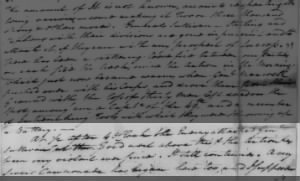
During the battle, the Americans suffered an estimated 1,300 casualties, with approximately 300 killed, while the British sustained 583 losses, with 89 killed. The Americans’ loss enabled the British to take Philadelphia without a fight later that month, and the Continental Congress, which met in that city, was forced to move to Lancaster, Pennsylvania, for the time being. Despite their defeat, the American troops remained in relatively good spirits, seeing their loss as only a temporary setback. However, Washington’s failure caused some Patriot leaders to question his skills as a commander.
Did you have ancestors who fought in the Battle of Brandywine? Tell us about them! Or search Fold3 for additional information about the battle.

